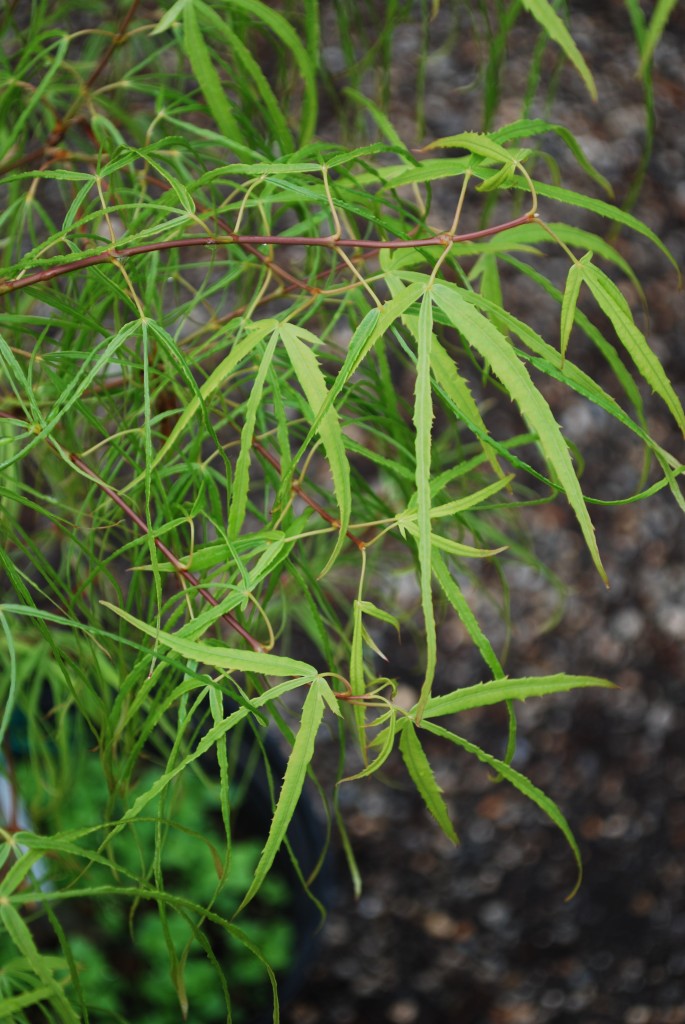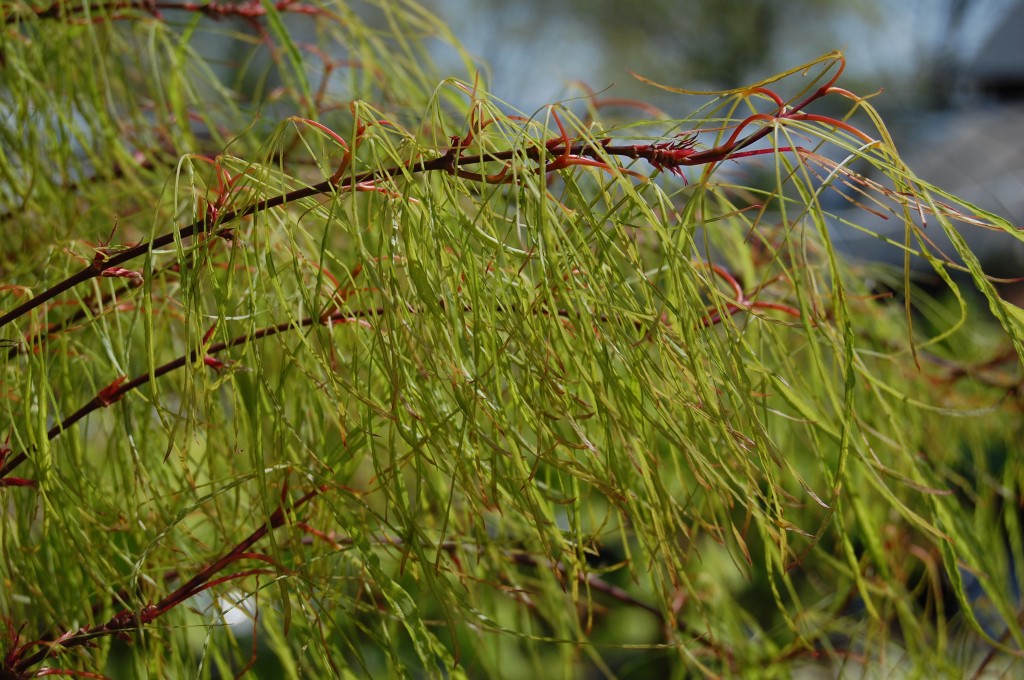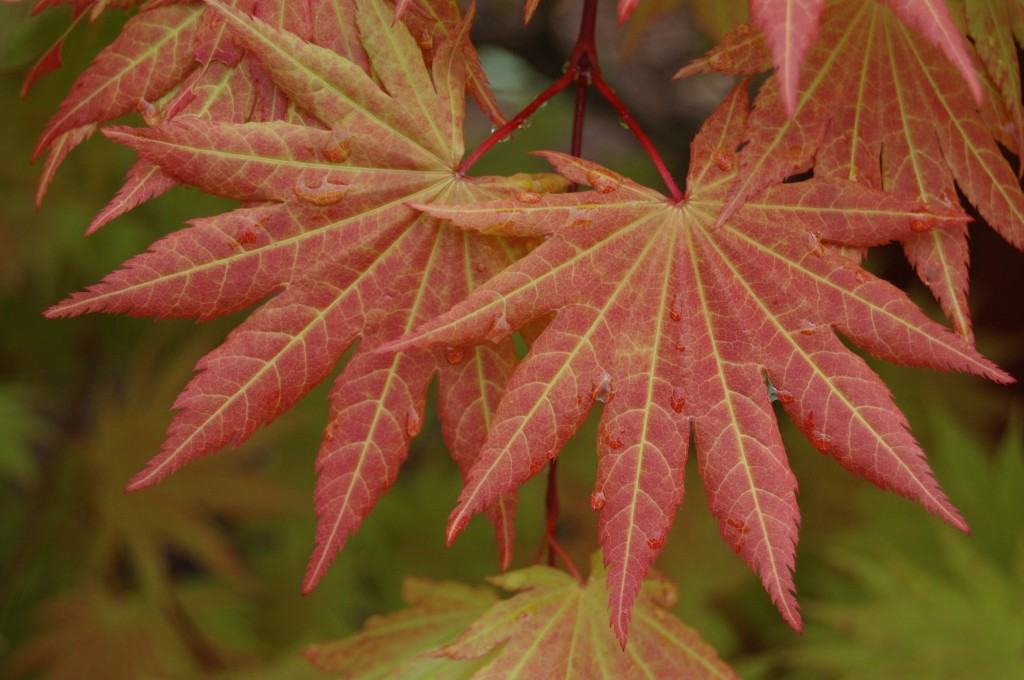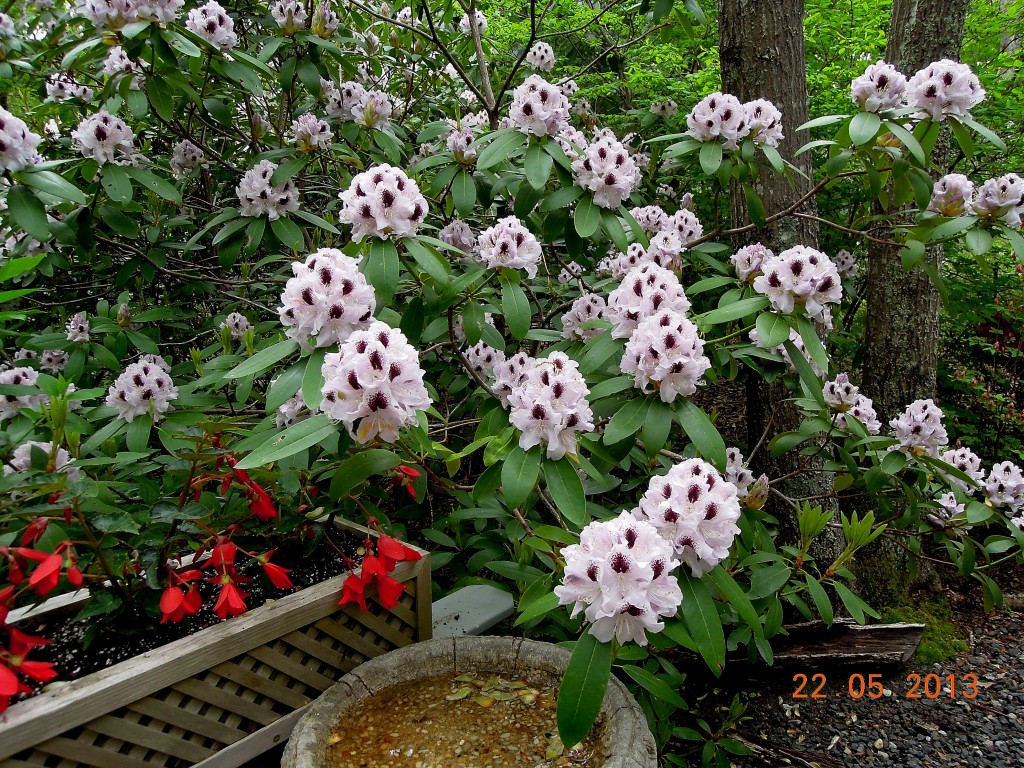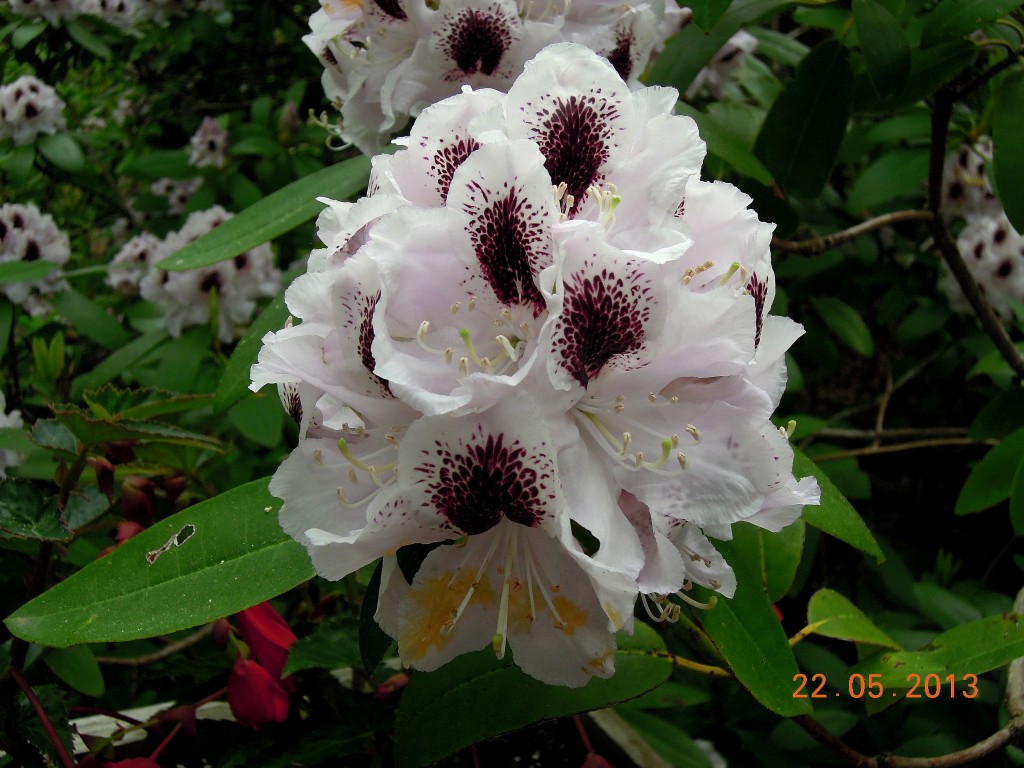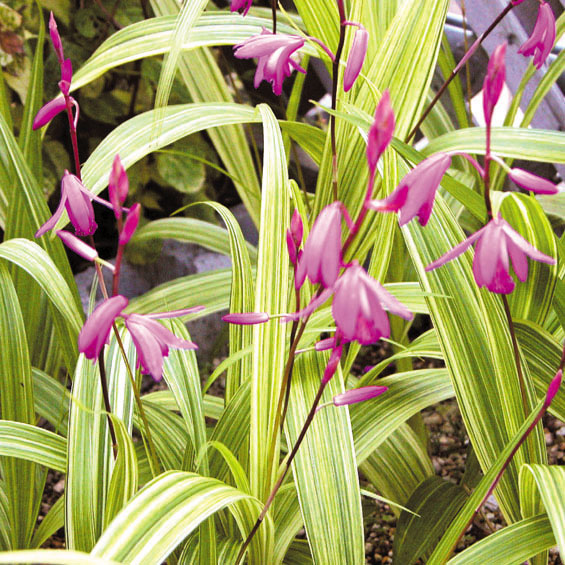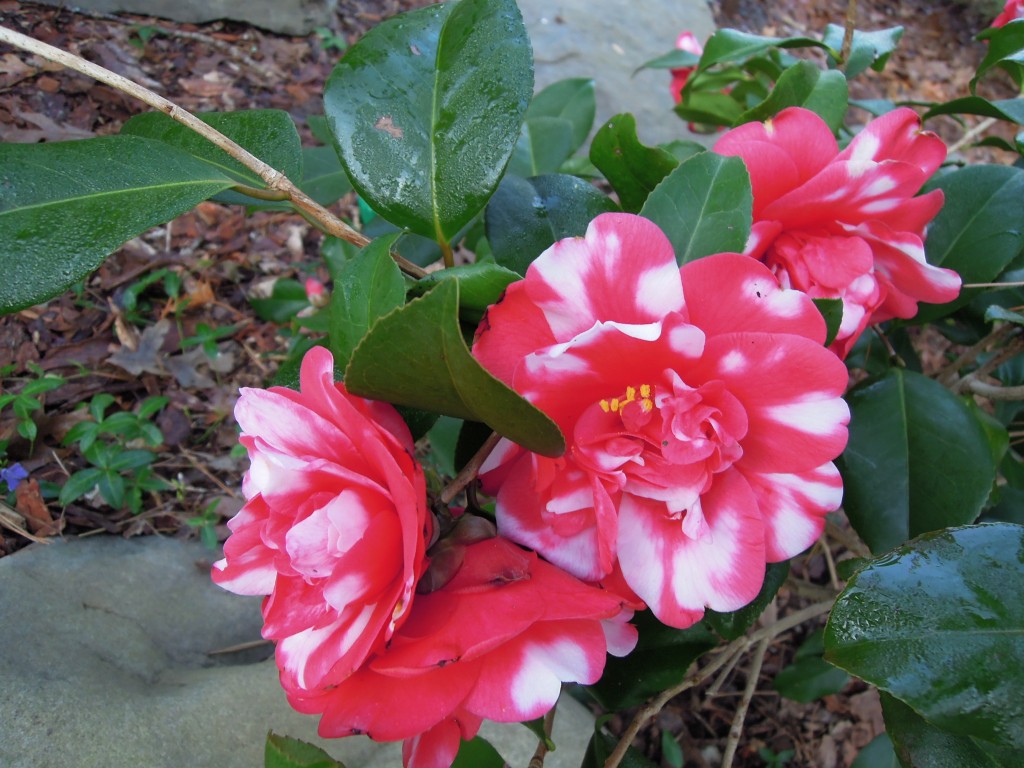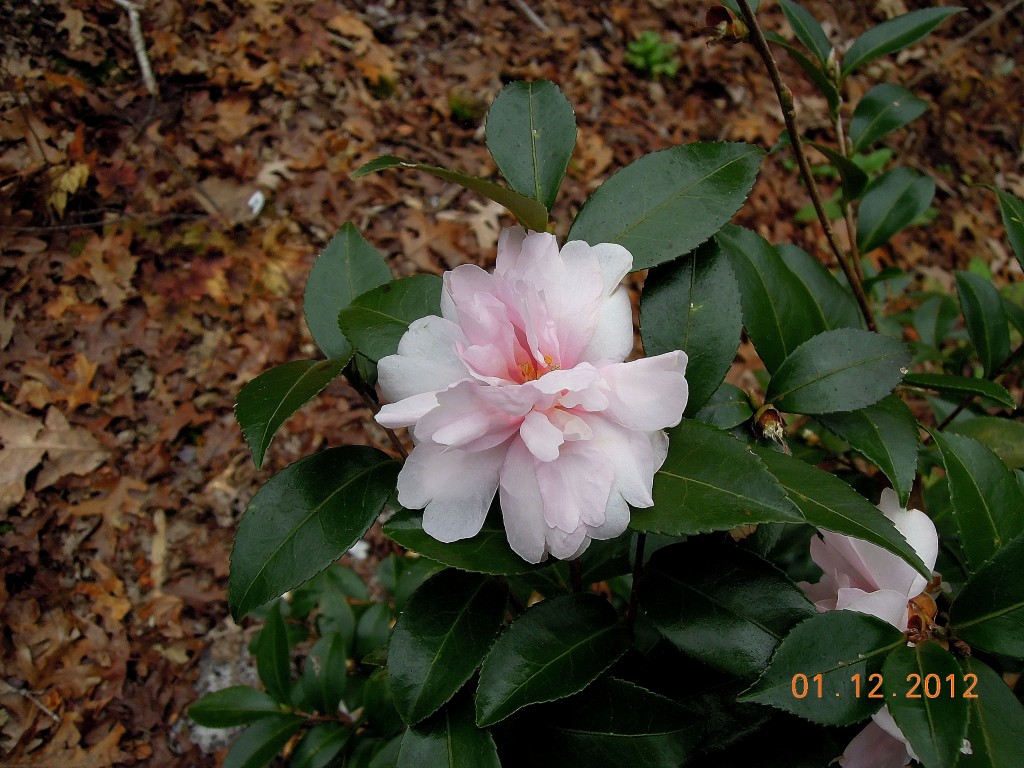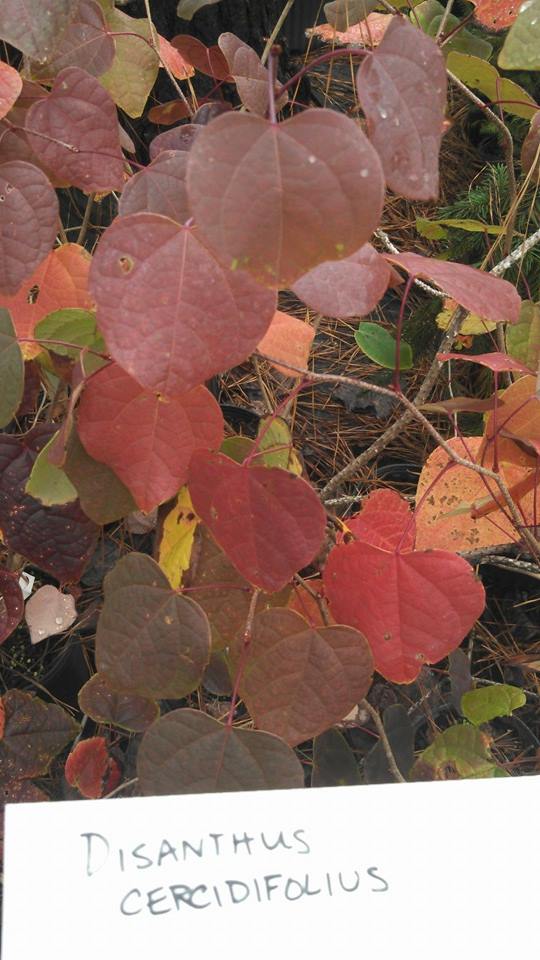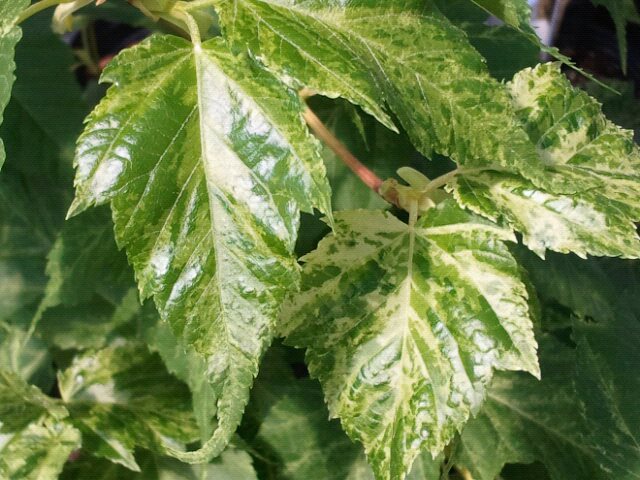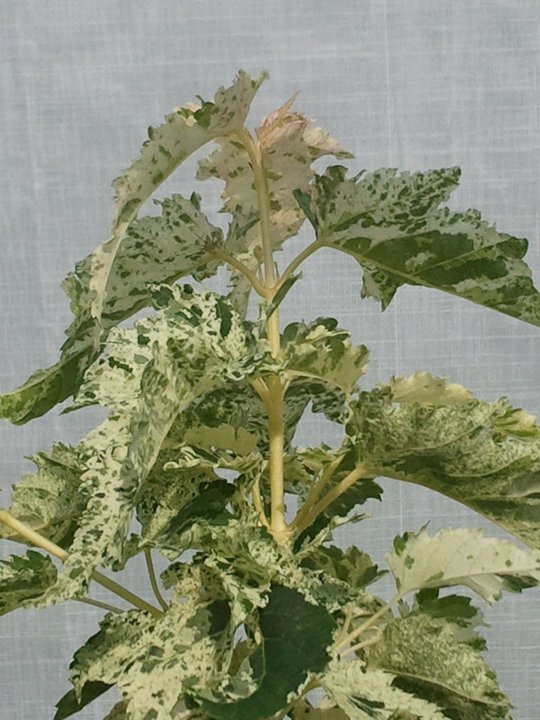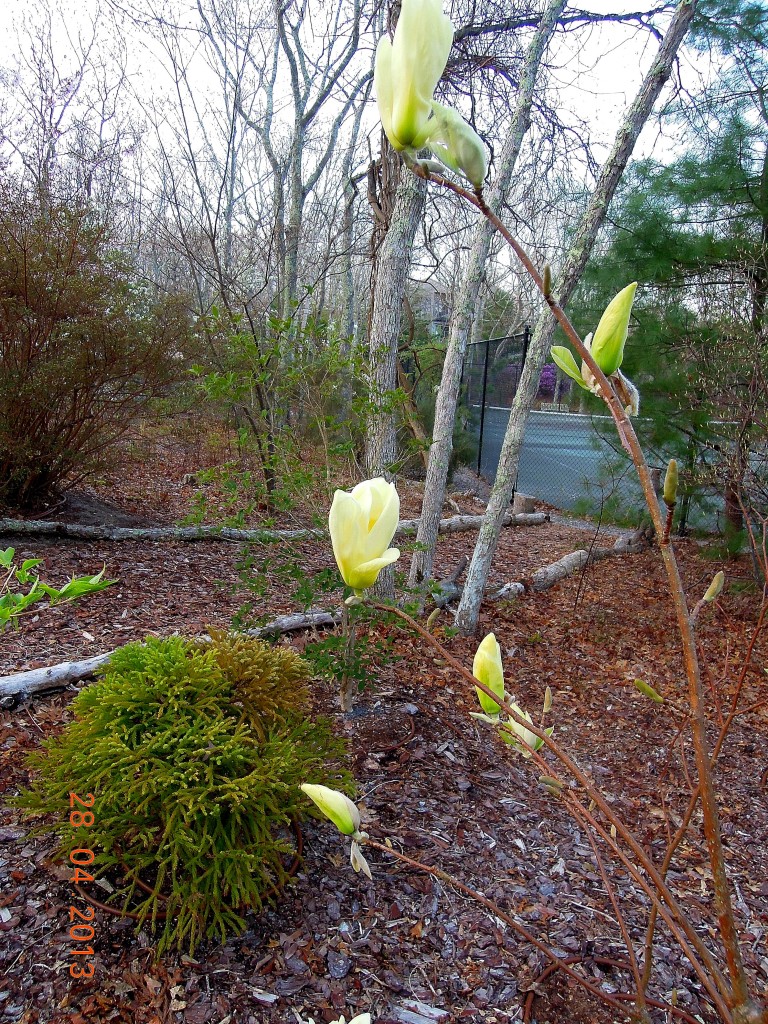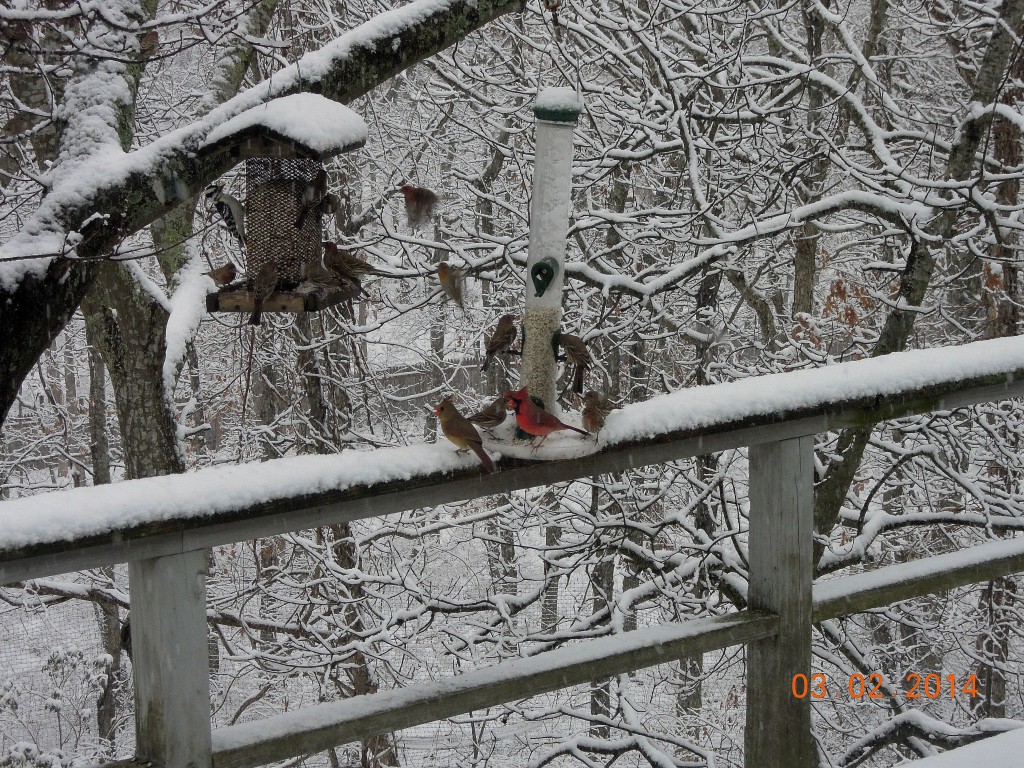The “miraculous power of gardening: it evokes tomorrow, it is eternally forward-looking, it invites plans and ambitions, creativity, expectation…. Gardening defies time; you think in seasons to come.” So said award-winning author Penelope Lively in her latest book, Dancing Fish And Ammonites. And so say I. Fie on this horrific winter! I’m planning for Spring.
Over 20 years ago, the late, great plantsman, Jim Cross, pointed me in the direction of Broken Arrow Nursery in Hamden, CT. The Nursery was for a time a rather small operation, with a mimeographed plant list of 4 or 5 pages stapled together, and sales only on site. Broken Arrow’s current inventory includes over 1,500 woody ornamentals and perennials. (At present, Broken Arrow’s website and online sales are not operational.)
For my garden this year, I largely focused on Broken Arrow’s collection of Japanese Maples:
Acer palmatum ‘Koto no ito’ (Zones 5-8)
Koto no ito means Harp Strings. True to its name this small, elegant tree has delightful, string-like foliage. New growth is green with red tones, becoming green in summer and then shades of gold, orange and red in the fall. (Note: For many Japanese maples, leaf color is variable, depending on the degree of light exposure; this may account for the differing views on seasonal color expressed by various reference texts.)
Acer palmatum ‘Fairy Hair’ (Zones 6-8)
This slow-growing, dwarf maple’s mature height will probably not exceed 3 feet. Its unique, fine, thread-like foliage is orange-red in spring, green in summer, and orange-red again in fall. The tree has an ethereal quality, impossible to resist.
Acer shirasawanum ‘Autumn Moon’ (Zones 5-8)
Highly prized for its showy, colorful foliage – burnt-orange and pink in spring, chartreuse with touches of peach in summer, and autumnal shades of gold, red and orange in fall – Autumn Moon is a show-stopper.
For comprehensive information about Japanese Maples see Japanese Maples: The Complete Guide to Selection and Cultivation (Timber Press, Fourth Edition 2009)
And for successful companion planting, I like to partner Japanese Maples with Rhododendrons; they have similar culture requirements. A particular Rhododendron favorite is the divine, snowy-white, purple-flared, R.’Calsap’, purchased by me from Broken Arrow over fifteen years ago. (Below are photos of my Calsap in the garden.)
For 2014 I’m also adding to the mix a new plant offering from Broken Arrow, Bletilla striata ‘Yellow Striped’ (Zones 6-9), a recent woodland orchid introduction from Japan. This lovely has a reputation as a tough, long-blooming perennial. (Photo below.)
The orchid has green leaves striped with creamy-yellow, and charming magenta flowers for three to four weeks in late-Spring, early-Summer. It’s a spreader – but not fast enough for some! And it too shares similar culture needs with the maples.
Update 2015: The bletillas didn’t survive. Voles, perhaps?
